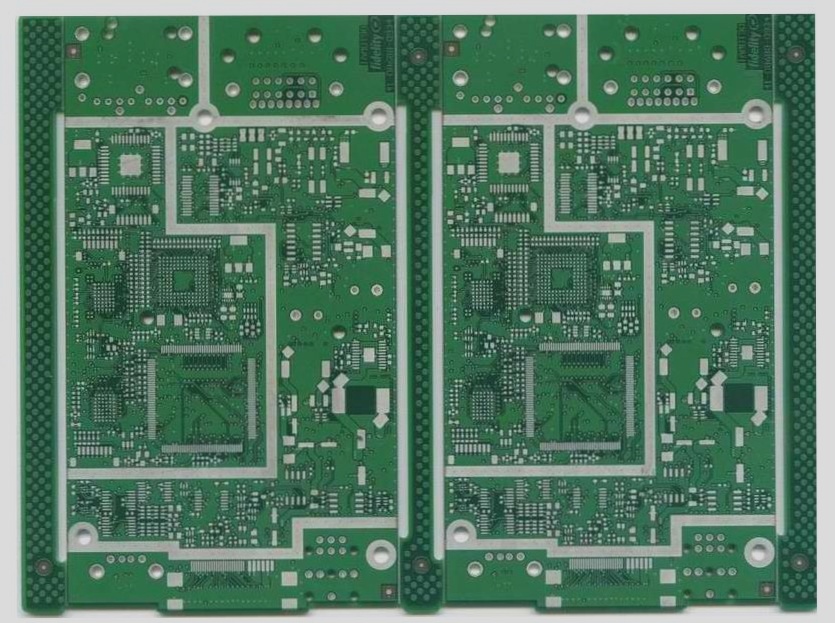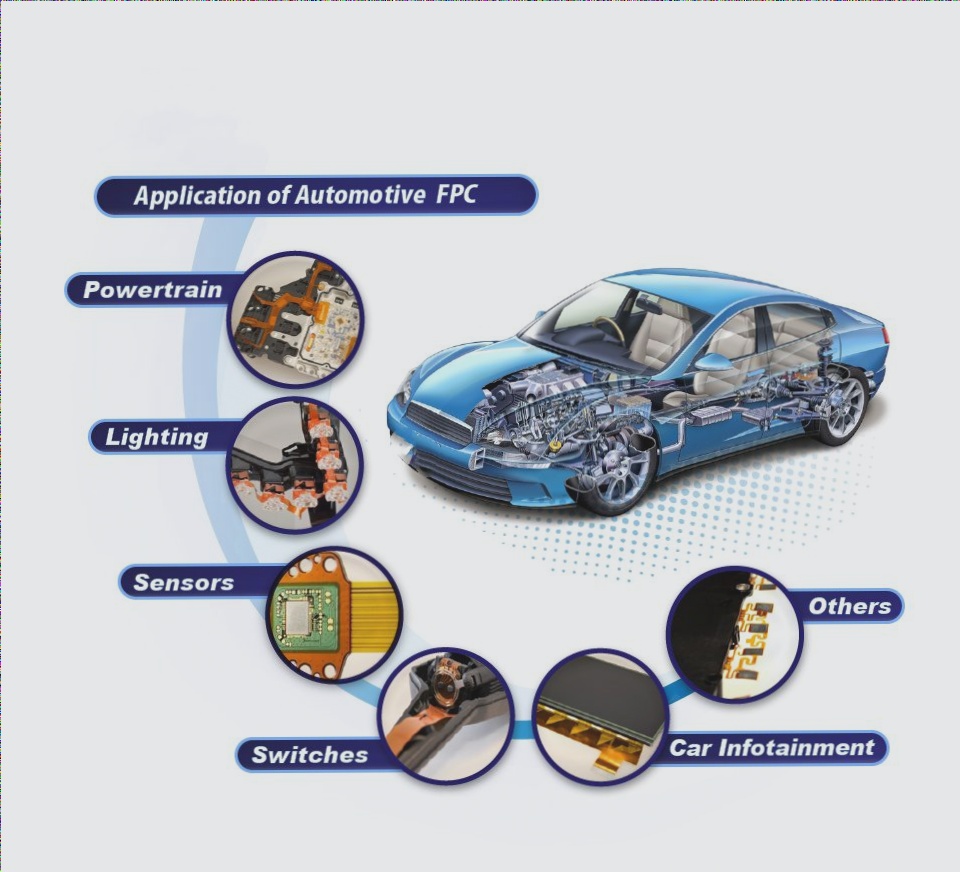At present, the recycling and processing methods of waste PCB mainly include physical methods, chemical methods, and biological methods. Physical methods mainly include mechanical crushing, air separation, and magnetic adsorption, among other technologies. Chemical methods are divided into pyrometallurgy, hydrometallurgy, etc.
1. Stripping of PCB:
The surface of PCB is typically coated with a layer of paint to protect the metal, which must be removed before recycling. Paint strippers include organic paint strippers and alkaline paint strippers. Organic paint strippers are highly toxic and have detrimental effects on both human health and the environment. Alkaline paint strippers are less toxic. Through experiments, we have determined the best formula for paint stripping: place the cut PCB pieces into a 10% sodium hydroxide solution, and add 0.5% Auxiliary A, 0.5% Auxiliary B, and 0.05% corrosion inhibitor mercaptobenzotriazole. Heat the solution in a water bath, and the paint can be completely removed from the surface within 30 minutes, allowing for further metal recovery. Alkaline paint stripping separates the paint from the circuit board structure, enabling recycling.
2. Physical Method of PCB Recycling:
The physical method involves recycling based on differences in physical properties such as material density, electrical conductivity, magnetic properties, and surface wettability. The key processes include dismantling, crushing, sorting, recovering precious metals, and disposing of harmful substances.
2.1 Selective dismantling involves selecting reusable parts from electronic waste, dismantling harmful components, and classifying parts of various materials. Disassembly methods include manual, mechanical, and automatic disassembly. Automatic disassembly of PCBs may utilize techniques like bath washing or hot air heating to melt solder, followed by the use of a vacuum clamp or robot to remove PCB surface components.
2.2 Crushing methods for PCB include impact crushing, extrusion crushing, and shearing crushing. Ultra-low temperature freezing and crushing technology has been successful, allowing for the complete dissociation of metal and non-metal components after embrittlement at low temperatures. In China, a two-stage crushing technology is often employed, involving coarse crushing with a shearing crusher followed by fine crushing of PCB particles to a specified size with a dry or wet crusher to achieve complete dissociation.
2.3 Sorting involves sorting pulverized substances based on differences in density, particle size, magnetic conductivity, electrical conductivity, and other characteristics. Dry and wet sorting methods are commonly used, each with its own advantages and disadvantages. Density sorting is vital for separating and enriching metals in PCBs.
In conclusion, the physical method of recycling PCBs is simple, scalable, produces minimal secondary pollution, has low energy consumption, low cost, high separation efficiency, and meets environmental protection and resource utilization requirements. However, challenges include the overlapping of physical properties, incomplete separation between metals, and high initial investment costs.
1. Stripping of PCB:
The surface of PCB is typically coated with a layer of paint to protect the metal, which must be removed before recycling. Paint strippers include organic paint strippers and alkaline paint strippers. Organic paint strippers are highly toxic and have detrimental effects on both human health and the environment. Alkaline paint strippers are less toxic. Through experiments, we have determined the best formula for paint stripping: place the cut PCB pieces into a 10% sodium hydroxide solution, and add 0.5% Auxiliary A, 0.5% Auxiliary B, and 0.05% corrosion inhibitor mercaptobenzotriazole. Heat the solution in a water bath, and the paint can be completely removed from the surface within 30 minutes, allowing for further metal recovery. Alkaline paint stripping separates the paint from the circuit board structure, enabling recycling.
2. Physical Method of PCB Recycling:
The physical method involves recycling based on differences in physical properties such as material density, electrical conductivity, magnetic properties, and surface wettability. The key processes include dismantling, crushing, sorting, recovering precious metals, and disposing of harmful substances.
2.1 Selective dismantling involves selecting reusable parts from electronic waste, dismantling harmful components, and classifying parts of various materials. Disassembly methods include manual, mechanical, and automatic disassembly. Automatic disassembly of PCBs may utilize techniques like bath washing or hot air heating to melt solder, followed by the use of a vacuum clamp or robot to remove PCB surface components.
2.2 Crushing methods for PCB include impact crushing, extrusion crushing, and shearing crushing. Ultra-low temperature freezing and crushing technology has been successful, allowing for the complete dissociation of metal and non-metal components after embrittlement at low temperatures. In China, a two-stage crushing technology is often employed, involving coarse crushing with a shearing crusher followed by fine crushing of PCB particles to a specified size with a dry or wet crusher to achieve complete dissociation.
2.3 Sorting involves sorting pulverized substances based on differences in density, particle size, magnetic conductivity, electrical conductivity, and other characteristics. Dry and wet sorting methods are commonly used, each with its own advantages and disadvantages. Density sorting is vital for separating and enriching metals in PCBs.
In conclusion, the physical method of recycling PCBs is simple, scalable, produces minimal secondary pollution, has low energy consumption, low cost, high separation efficiency, and meets environmental protection and resource utilization requirements. However, challenges include the overlapping of physical properties, incomplete separation between metals, and high initial investment costs.



